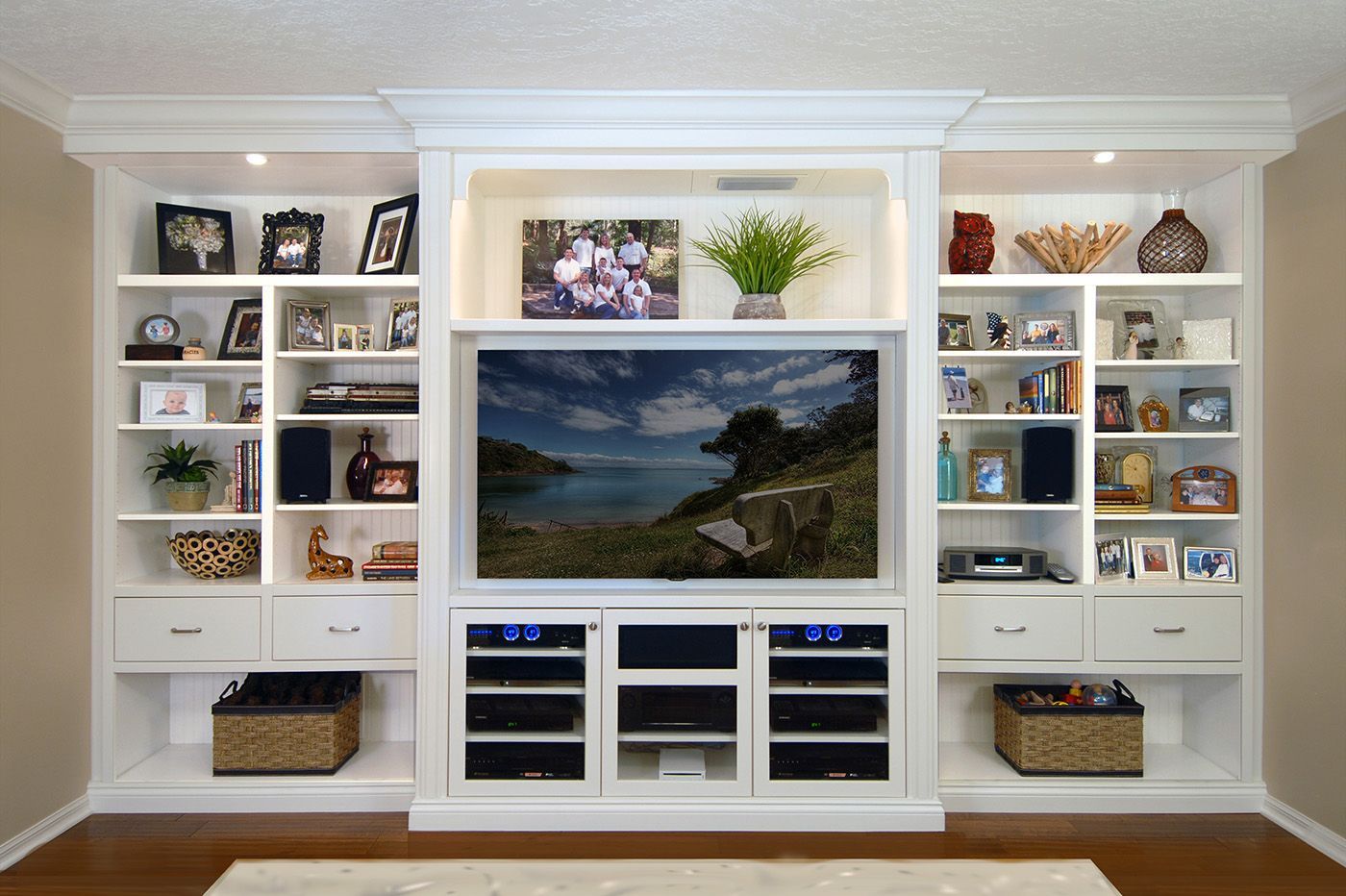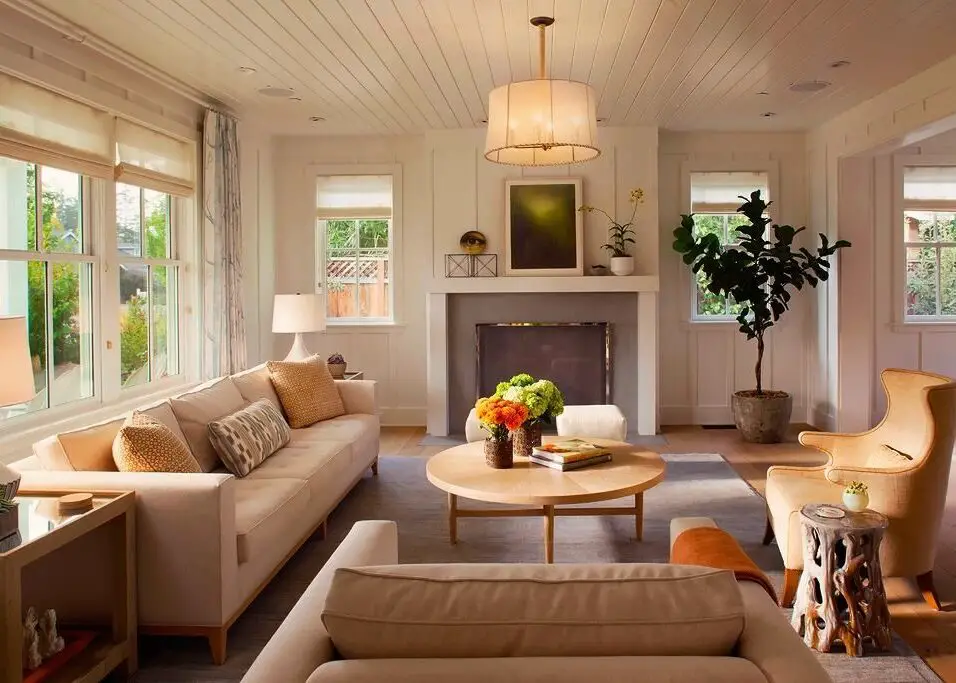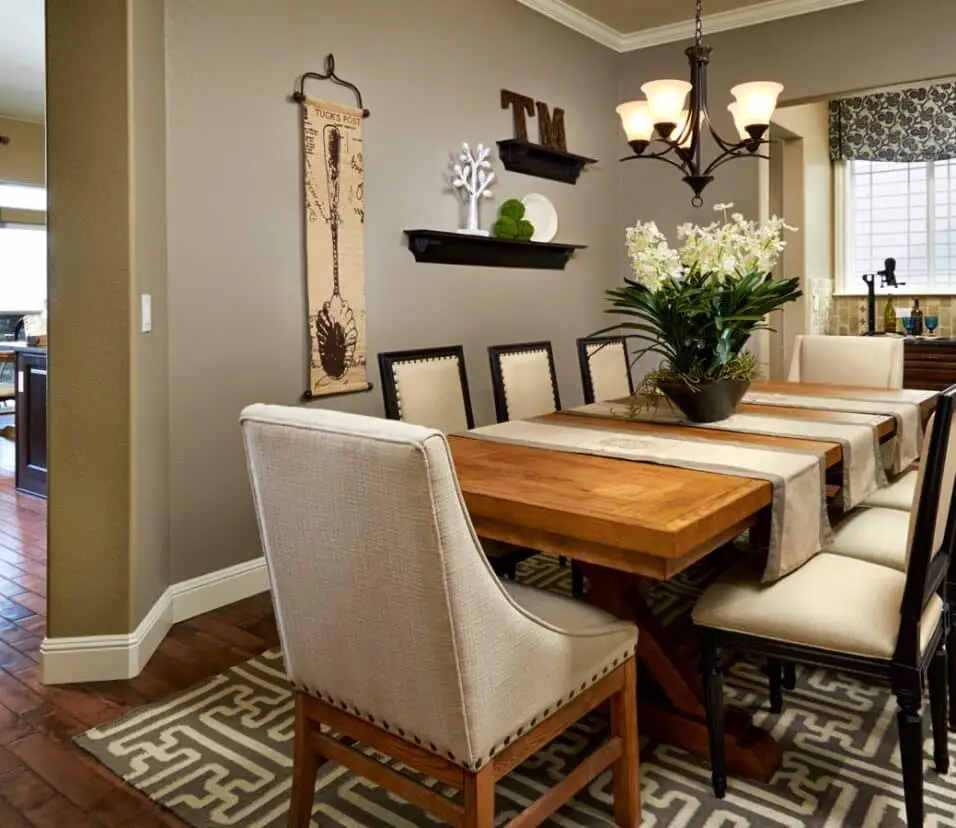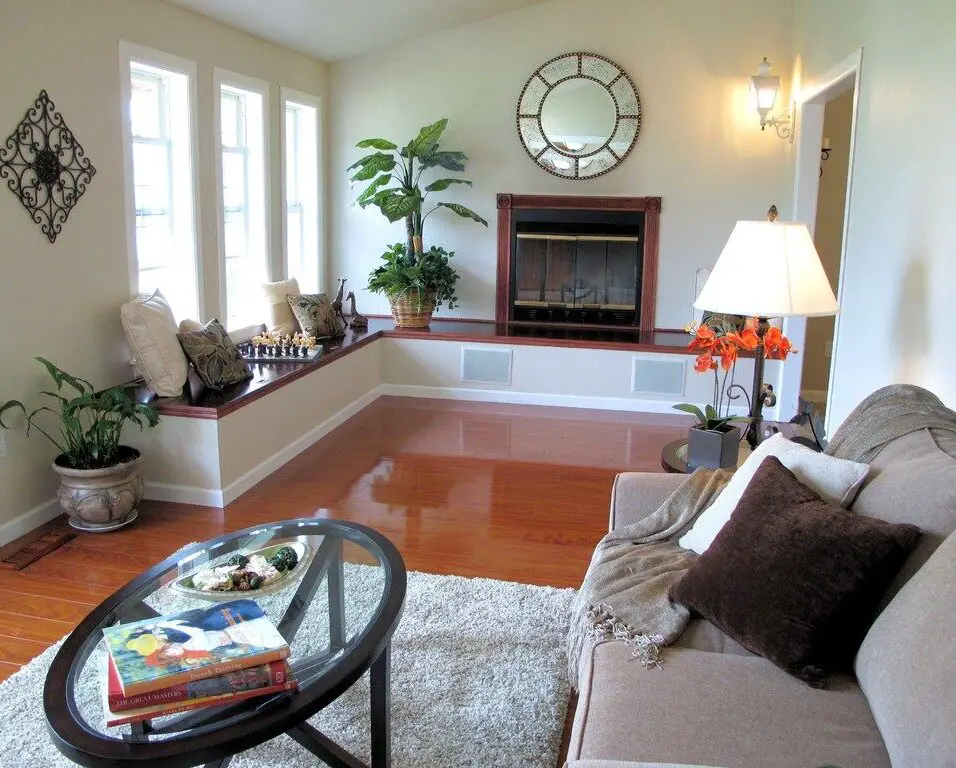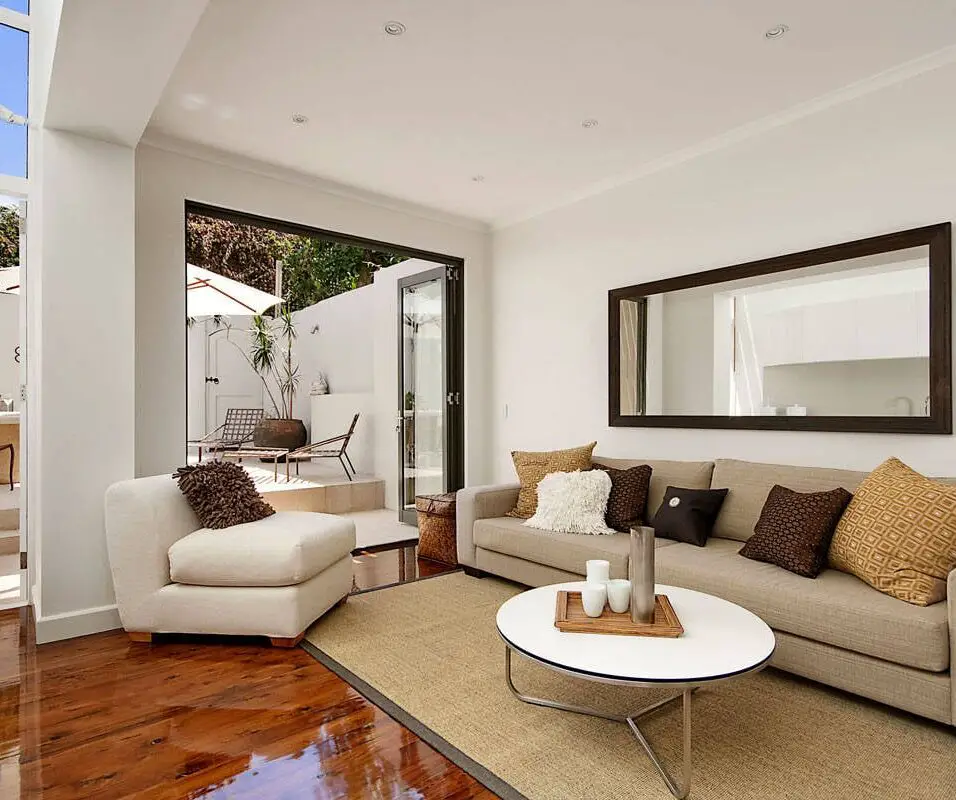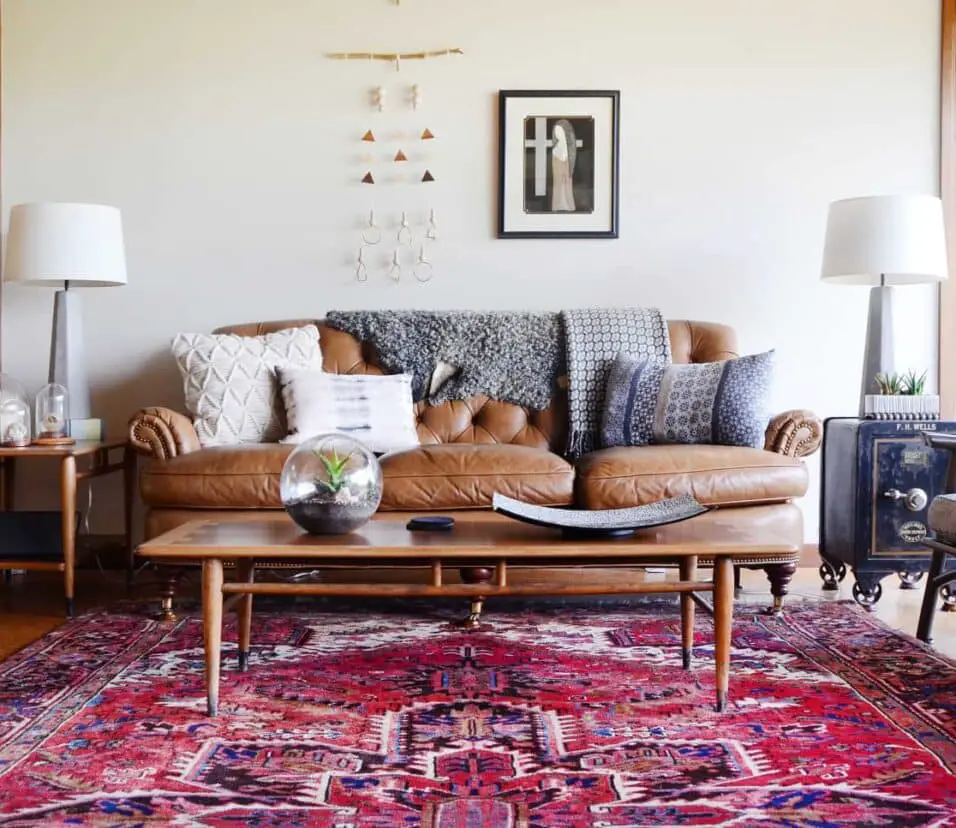How To Build Wall Cabinets For Living Room
Introduction
How To Build Wall Cabinets For Living Room: Before we delve into the construction process, we’ll cover the essential tools and materials you’ll need to ensure a smooth and successful build. From measuring and cutting the materials to assembling and installing the finished cabinets, we’ll provide detailed instructions and tips to help you achieve a professional-looking result. We’ll provide you with a comprehensive list of everything you’ll need for the construction of your wall cabinets.
We’ll begin by discussing the importance of proper planning and how to create a detailed design wood shelves for your wall cabinets. This includes measuring the available space, determining the cabinet dimensions, and considering factors like style, materials, and hardware options. Before you embark on any DIY project, it’s essential to have the right tools and materials on hand.
In this stage, we’ll guide you through cutting the cabinet pieces from the chosen material, which is typically plywood. Properly preparing the pieces will set the foundation for the rest of the construction process. Here, we’ll go step-by-step through the assembly process. We’ll cover joining techniques, such as using screws, nails, or dowels, and offer tips on how to ensure everything fits together securely and accurately.
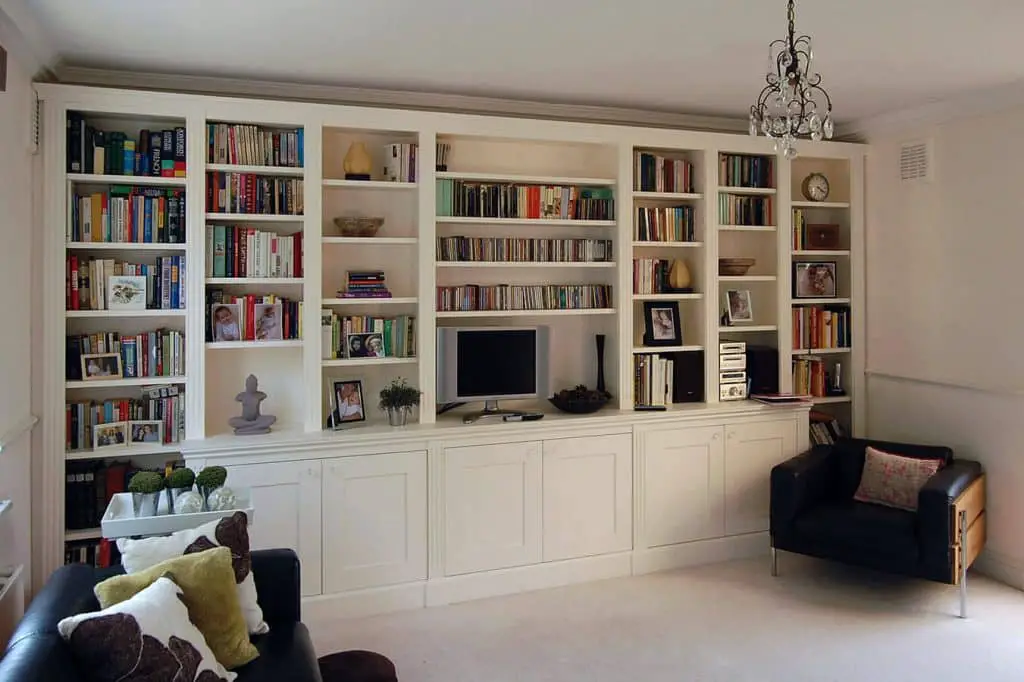
How much cheaper is it to build your own cabinets?
Building your own kitchen cabinets is only a feasible plan if you have plenty of time, a shop full of tools, and intermediate woodworking skills. While building your own cabinets saves about 66%, the cost of tools and time eats into this significantly for someone who is not an experienced woodworker.
Material Costs: One of the most significant factors influencing the cost of cabinets is the materials used. When you build your own cabinets, you have control over the quality and price of the materials. While high-end woods and hardware can be expensive, you can choose more budget-friendly options without compromising on durability and aesthetics. Utilizing cost-effective materials can lead to considerable savings.
Eliminating Retail Markups: Retailers typically add markups to the cost of pre-made cabinets, which can significantly inflate the price. By building your own cabinets, you cut out the middleman and avoid these markups, making the project inherently more cost-effective.
Labor Costs: When you hire a professional to build and install cabinets for you, a significant portion of the cost goes toward labor. By taking on the project yourself, you eliminate these labor expenses. However, keep in mind that building cabinets requires time and effort, so you’ll need to factor in your own labor commitment.
Customization and Optimization: Pre-made cabinets often come in standard sizes, which might not perfectly fit your space or storage needs. By building your own cabinets, you can optimize the design to make the most of your available space and create storage solutions tailored to your requirements, ultimately reducing wasted space and unnecessary expenses.
Reusing Materials: If you’re an avid DIYer or have done some remodeling before, you might have leftover materials from previous projects. Utilizing these materials in your cabinet construction can save you money on purchasing new supplies.
Can I build my own cabinets?
Yes. Difficult? Nah. With only basic woodworking skills, a tablesaw, and a few simple tools, you can make custom cabinets for your home or shop.
Accessible Information: In today’s digital age, there is an abundance of information and resources available to guide you through the cabinet-building process. From detailed tutorials, step-by-step videos, to comprehensive guides, you can find a wealth of information online that covers every aspect of cabinet construction.
Tailored to Your Needs: When you build your own cabinets, you have complete control over the design and customization. You can create cabinets that perfectly fit your space and cater to your specific storage requirements. This level of personalization is often hard to achieve with store-bought cabinets.
Suitable for Various Skill Levels: Cabinet-building projects can be adapted to suit different skill levels. There are simpler designs for beginners and more intricate ones for those with more experience. As you gain confidence and expertise, you can take on more complex cabinet projects.
Cost Savings: Building your own cabinets can be a cost-effective option compared to purchasing pre-made cabinets or hiring a professional. You can choose affordable materials and avoid retail markups and labor costs, which can result in significant savings.
Incremental Learning: If you’re new to woodworking, cabinet-building can be a fantastic opportunity to develop your skills. Starting with a basic design and gradually tackling more complex elements allows for incremental learning and growth as a woodworker.
How to make cabinet at home?
Things You Should Know
- Choose the dimensions of your cabinets based on the space you have to install them.
- Cut your pieces out of 3/4 inch plywood sheets.
- Start by making a cabinet carcass to hold your pieces together.
- Finish the cabinet by adding shelves and a face frame before installing the doors.
Decide the purpose of your cabinet. Will it be used for storing kitchen essentials, bathroom supplies, Understanding its purpose will help you determine the size, style, and features you need.
Measure the available space where you intend to place the cabinet. Accurate measurements are crucial to ensure the cabinet fits perfectly and complements the surrounding area.
Create a detailed design of your cabinet. Sketch it out on paper or use digital design software to visualize the final product. Consider the number of shelves, drawers, doors, and any special features you want to include.
Begin assembling the cabinet frame by joining the sides, top, bottom, and back together. Use wood glue and screws for a sturdy construction. Ensure everything is square and level during assembly.
If your cabinet has shelves or drawers, insert them at the appropriate heights. Ensure they fit well and slide smoothly.
Attach the hardwood face frame to the front of the cabinet using wood glue and nails or screws. If you have doors, mount them on hinges to the face frame.
Can you build cabinets into a wall?
To build your wall cabinets, you will want to use 3/4″ plywood for the outside of the cabinet box and 1/4″ plywood for the back. To finish off the front of the plywood edges, you will need to either use edge banding to create a frameless cabinet or a face frame to create a face frame cabinet.
Building the Boxes: Cut the plywood to the dimensions of the cabinet boxes, including the top, bottom, sides, and back. Assemble the boxes using wood glue and screws to create a sturdy structure.
Adding Shelves and Dividers: Depending on your design, insert shelves and dividers into the cabinet boxes. Use adjustable shelf pins or fixed shelf supports to secure the shelves in place.
Installing the Face Frame: Attach the hardwood face frame to the front of the cabinet boxes. Use wood glue and nails or screws to secure the frame. The face frame gives the cabinets a finished and cohesive appearance.
Building Doors and Drawers: If your cabinets have doors and drawers, construct them separately using the appropriate materials and joinery methods. Install them on the cabinet boxes using hinges and drawer slides.
Sanding and Finishing: Sand the entire cabinet to achieve a smooth surface. Apply your chosen finish, such as paint, stain, or varnish, to protect the wood and enhance its appearance.
Hardware Installation: Install the chosen hardware, such as handles and knobs, on the doors and drawers.
What makes cabinets expensive?
Most kitchen cabinets are constructed with actual wood and the cost of these components is typically higher than other raw materials. Wooden cabinet materials tend to offer more durability and versatility and give your kitchen a sophisticated design.
The type and quality of materials used in cabinet construction significantly impact their price. High-end cabinets often use premium woods like cherry, maple, or walnut, which can be expensive. Exotic woods or custom veneers can also drive up the cost.
The construction method affects the durability and longevity of cabinets. Cabinets built with traditional joinery techniques, such as dovetail joints or mortise and tenon, are more labor-intensive and, therefore, more expensive than those using simpler methods like butt joints or screws.
Cabinets with intricate designs, ornate details, and unique features will require more time and effort to build, increasing the overall cost. Custom cabinets that are specifically tailored to fit your space and needs will also be pricier than stock cabinets.
The type of finish applied to the cabinets, such as paint, stain, or specialty finishes, can impact the cost. High-quality hardware, such as hinges, drawer slides, and handles, also adds to the expense.
Well-known cabinet brands often come with a premium price due to their reputation for quality and craftsmanship. While lesser-known or local brands might offer similar quality at a more affordable price, the brand name can influence the cost.
Is it hard to install wall cabinets?
Learning how to install kitchen cabinets may seem intimidating, but the techniques are really quite simple. Think of it as screwing a series of boxes to the wall and to one another in the proper sequence. If your cabinet plan is correct, your main job is to find the best starting point and keep everything level.
If you have previous experience with carpentry or have successfully completed similar DIY projects, you may find installing wall cabinets to be relatively straightforward. On the other hand, beginners may need to invest more time in understanding the process and techniques involved.
The complexity of the cabinet design plays a significant role in the installation process. Standard, pre-assembled cabinets are generally easier to install than custom or modular cabinets that may require more precise measurements and assembly.
The condition of the wall where you plan to mount the cabinets matters. If the wall is uneven or not structurally sound, you may need to address these issues before installation.
Having the right tools and equipment can make a considerable difference in the ease of installation. A level, stud finder, drill, screws, and a measuring tape are essential tools for installing wall cabinets.
Installing wall cabinets can be physically demanding, especially if they are large or heavy. Having someone to assist you during the installation can make the process easier and safer.
How deep are wall cabinets?
Standard depths are 12, 15, 18, 24 inches, but 12 inches is the most common depth for regular wall cabinets used to store food and dishes. This depth allows sufficient space beneath the cabinets to make countertops ranging in depth from 24 to 26 inches usable.
The 12-inch depth is a practical and functional choice for wall cabinets as it provides sufficient storage space while ensuring that the cabinets do not protrude too far into the room, allowing for comfortable movement and access to the countertop below. This depth is suitable for storing items like dishes, glassware, and small kitchen appliances.
However, there are some variations in wall cabinet depths, depending on the manufacturer and specific design considerations. Some wall cabinets may have a depth of 15 inches (38.1 cm), especially in custom or semi-custom designs. These deeper cabinets offer additional storage space for larger items and can accommodate specific storage needs.
It’s essential to consider the depth of the wall cabinets in relation to the overall kitchen or bathroom design and the available space. If the kitchen has limited space or you prefer a sleek and streamlined look, standard 12-inch deep wall cabinets are often the best choice. On the other hand, if you have ample space and require extra storage capacity, deeper cabinets might be more suitable.
Keep in mind that the depth of wall cabinets will impact the distance between the front edge of the cabinet and the front edge of the lower cabinets or countertop. It’s crucial to maintain a comfortable and ergonomic distance for ease of use when working in the kitchen or accessing bathroom essentials.
Are wall cabinets glued to the wall?
Not usually. Assembled as individual units with their own back and arrive ready to install. Units are screwed together when installed, but can be removed individually. Anchored to the wall using wood screws through the back of the unit or sides.
Cabinets are attached to the wall studs, which are vertical wooden or metal beams behind the wall’s surface. Wall studs provide sturdy support and ensure that the cabinets are securely anchored to the wall.
Mounting brackets are often used in conjunction with screws to hang the cabinets on the wall. These brackets are attached to the back of the cabinet and then screwed into the wall studs, providing additional support and stability.
Screws are used to secure the cabinets to the wall studs and mounting brackets. High-quality screws designed for this purpose ensure a secure and reliable installation.
Properly leveling the cabinets is essential to ensure a seamless and professional look. Leveling ensures that the cabinets are straight and properly aligned with each other and the countertop.
Proper installation is crucial for safety. Wall cabinets that are not securely mounted to the wall can pose a risk of falling, which can lead to injuries or damage to property.
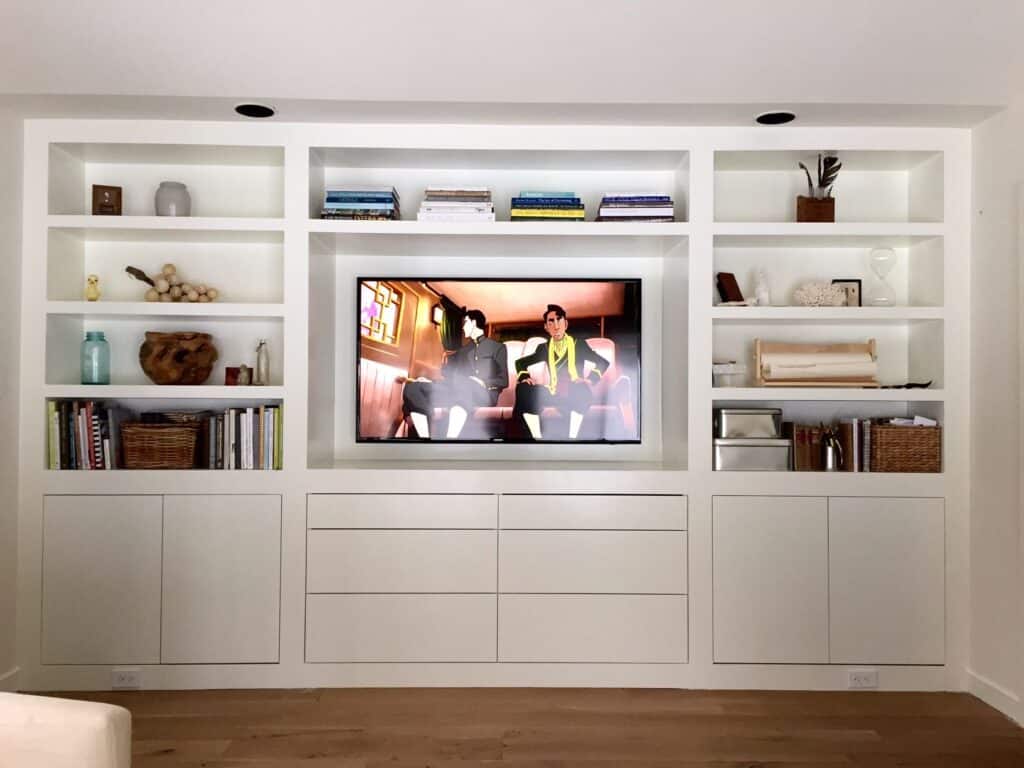
Conclusion
Throughout this process, you’ve discovered the importance of meticulous planning and designing, ensuring that your wall cabinets perfectly fit your living room’s dimensions and aesthetics. You’ve also learned about the various materials and tools needed to execute the project efficiently and effectively. From cutting and preparing the materials to assembling the cabinets and adding doors and shelves, you’ve honed your woodworking skills.
By paying attention to finishing techniques, you’ve discovered how to protect and enhance the beauty of your wall cabinet creating a lasting and eye-catching addition to your living room. As you proudly mount your completed wall cabinets on the living room wall, you can appreciate the craftsmanship and effort that went into this project. Safety has been a constant companion in your DIY journey, as we emphasized the significance of cautiousness and adhering to best practices throughout the construction process.
Building wall cabinets is not just about functionality; it’s also a canvas for your creativity. You’ve explored different customization ideas to make your cabinets unique, reflecting your personal style and preferences. The cabinets not only provide practical storage space but also serve as an elegant focal point, elevating the overall ambiance of your living room.



